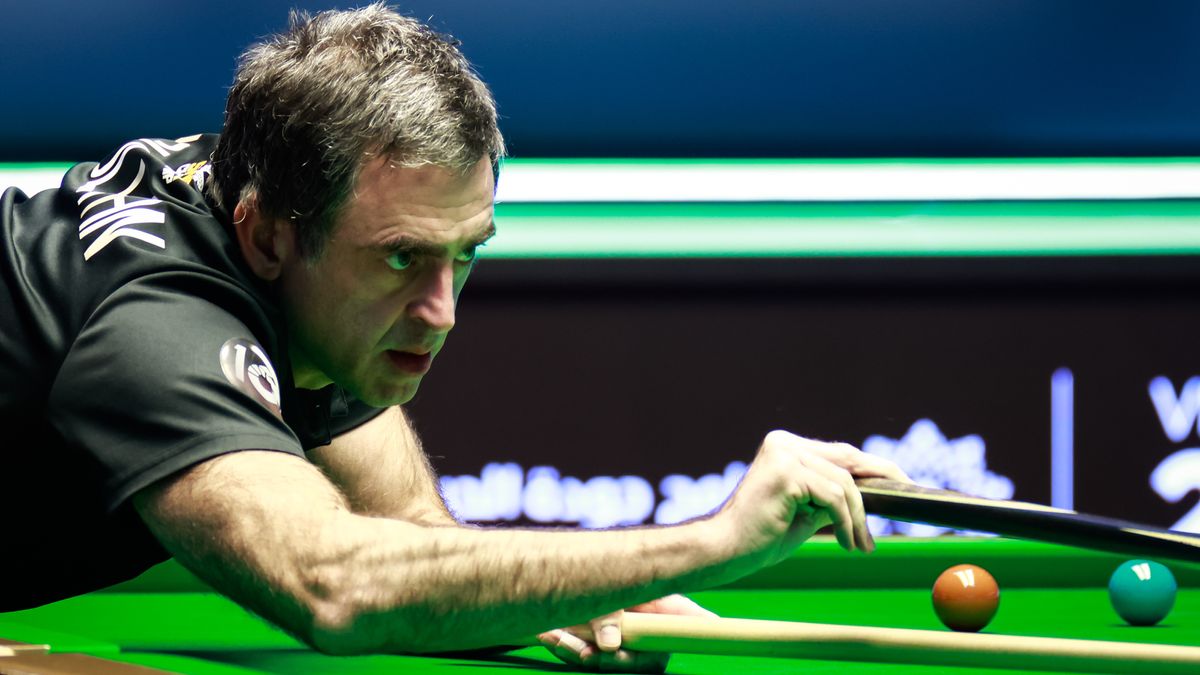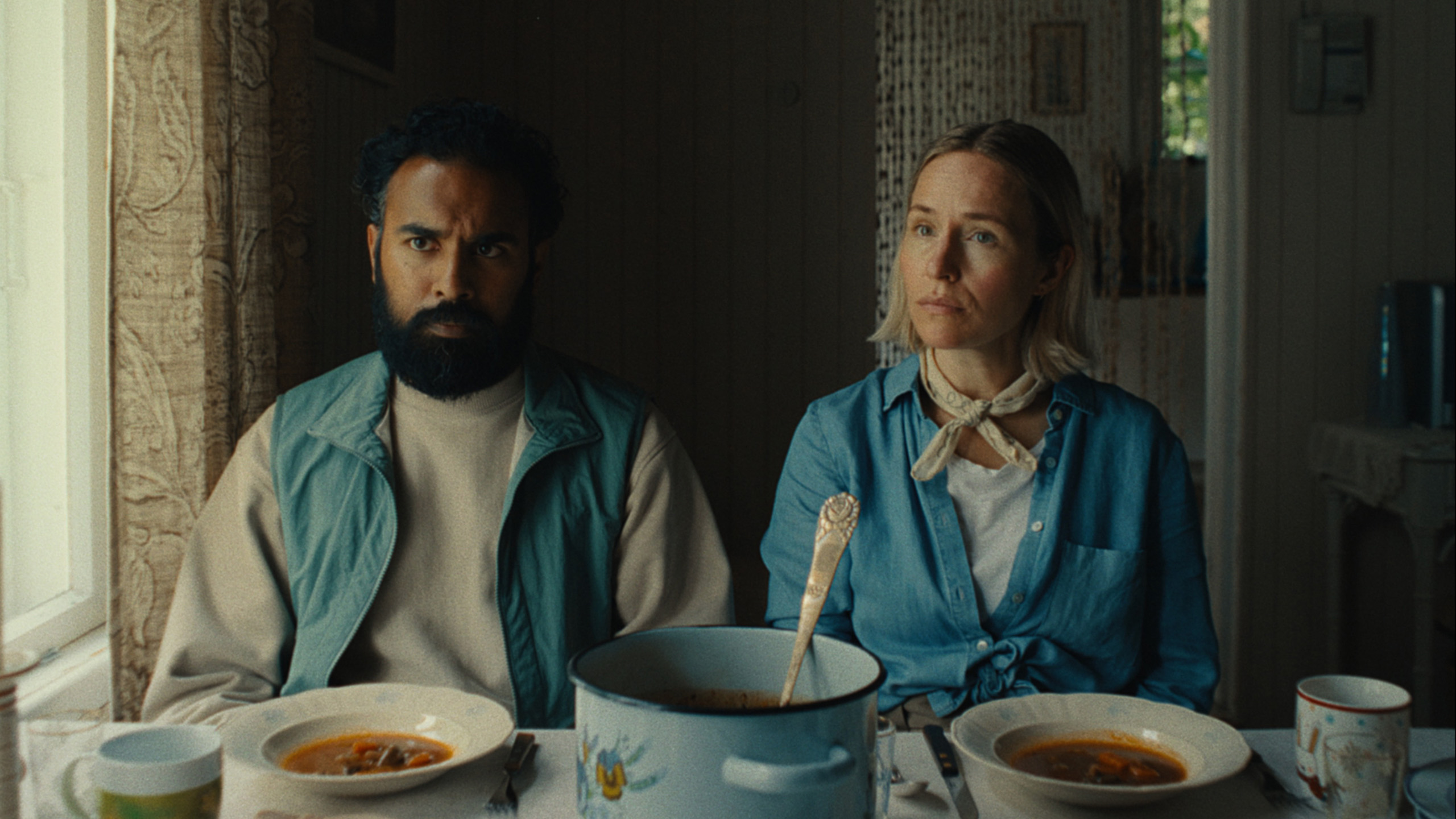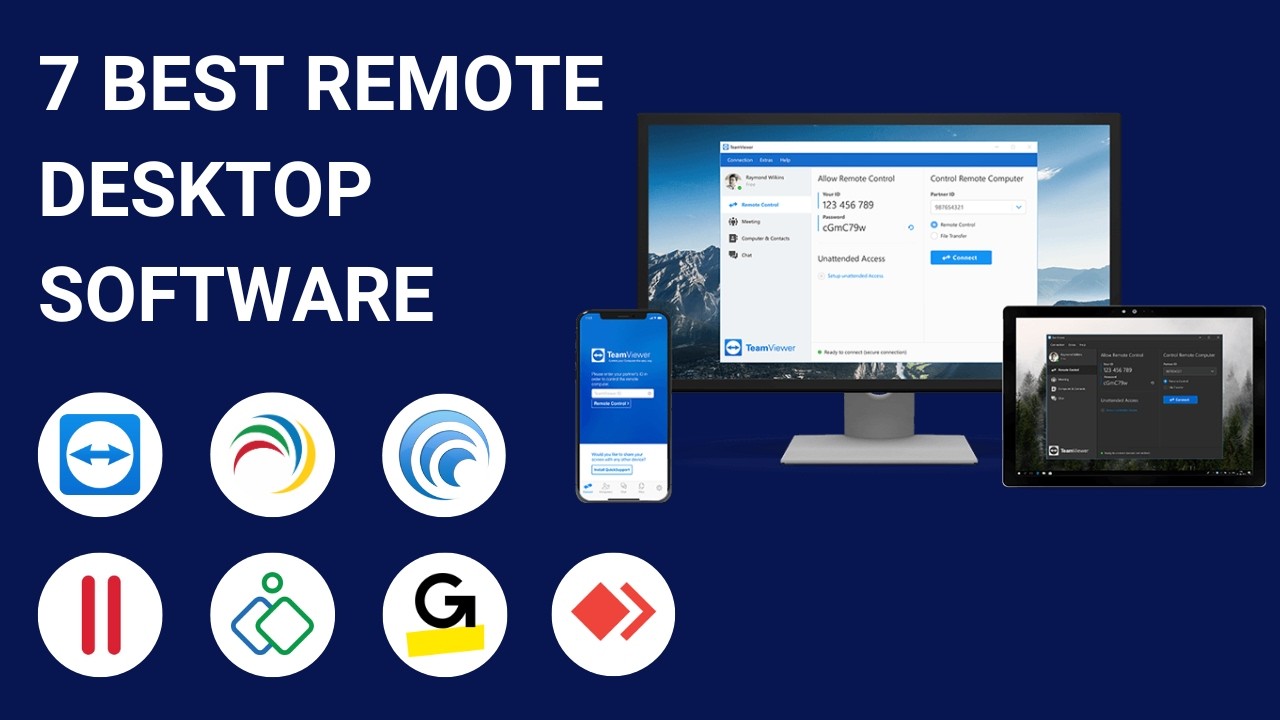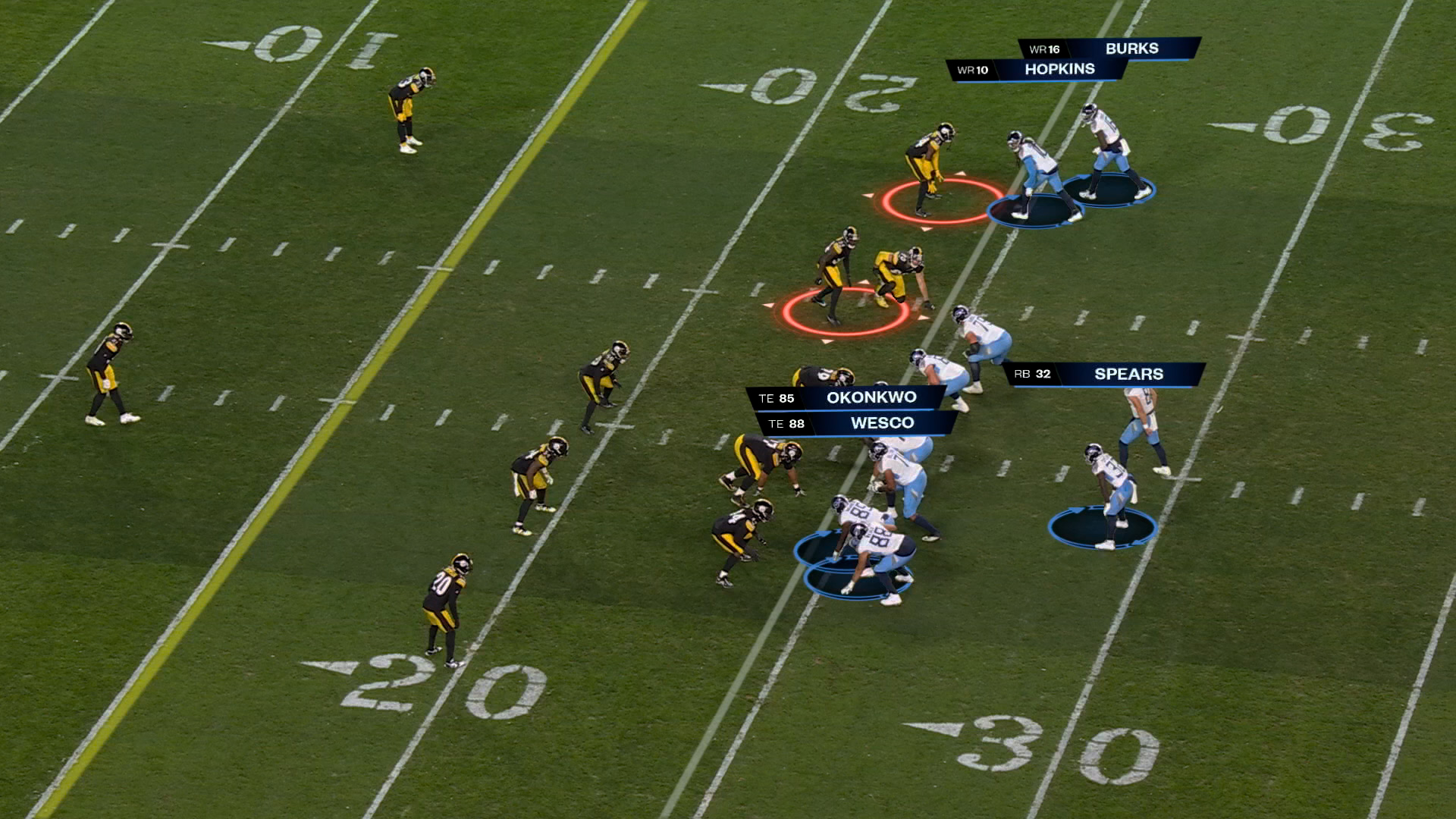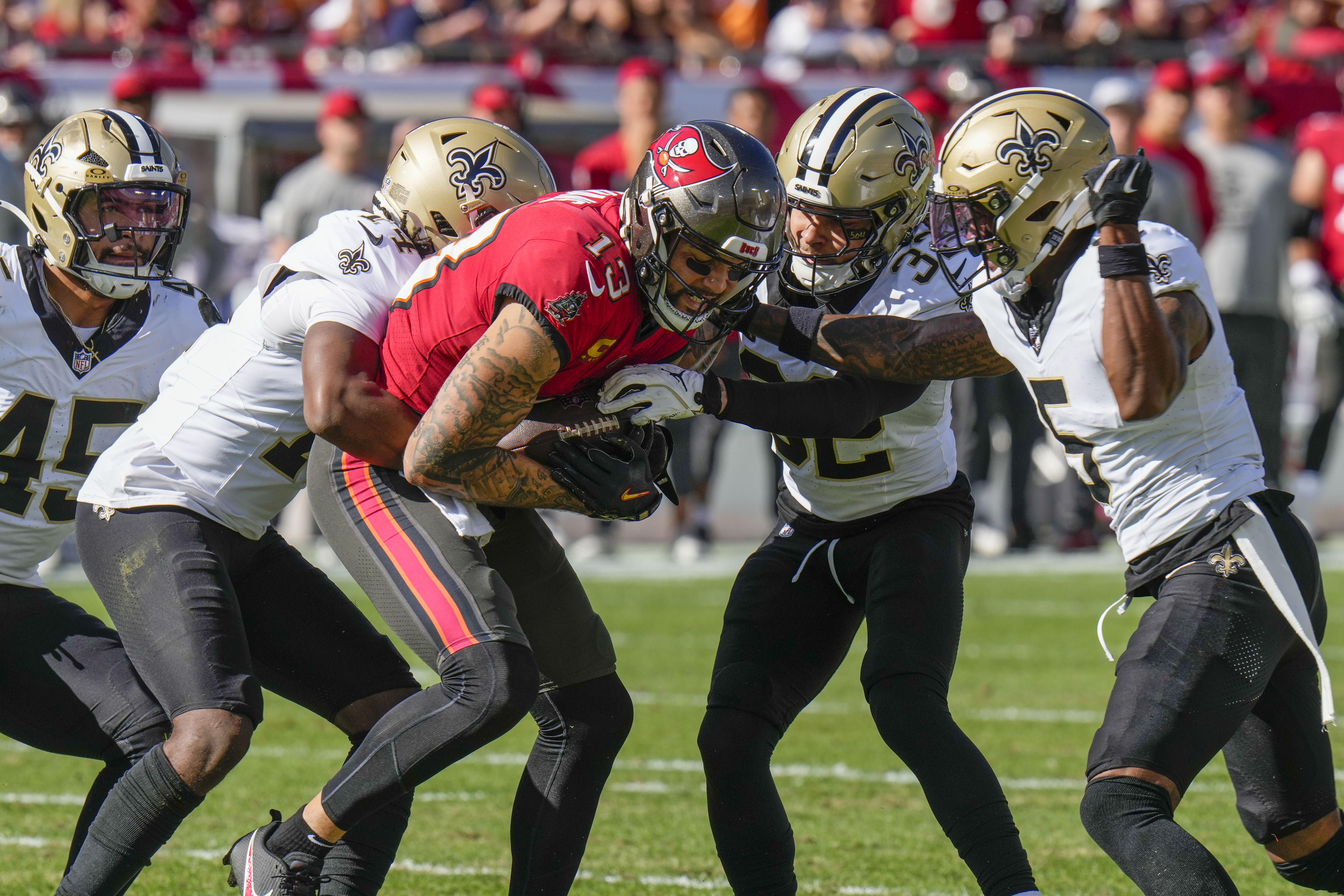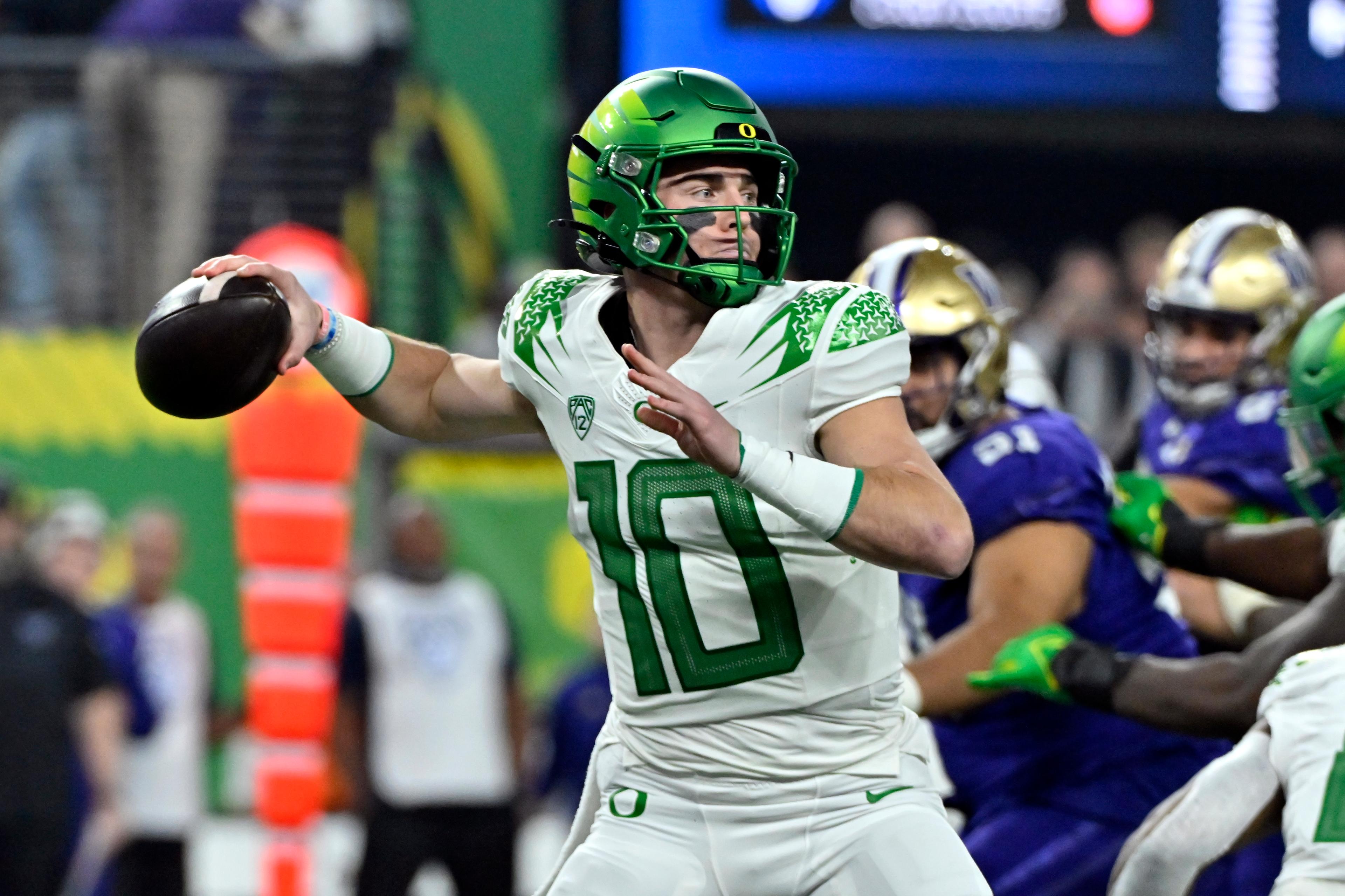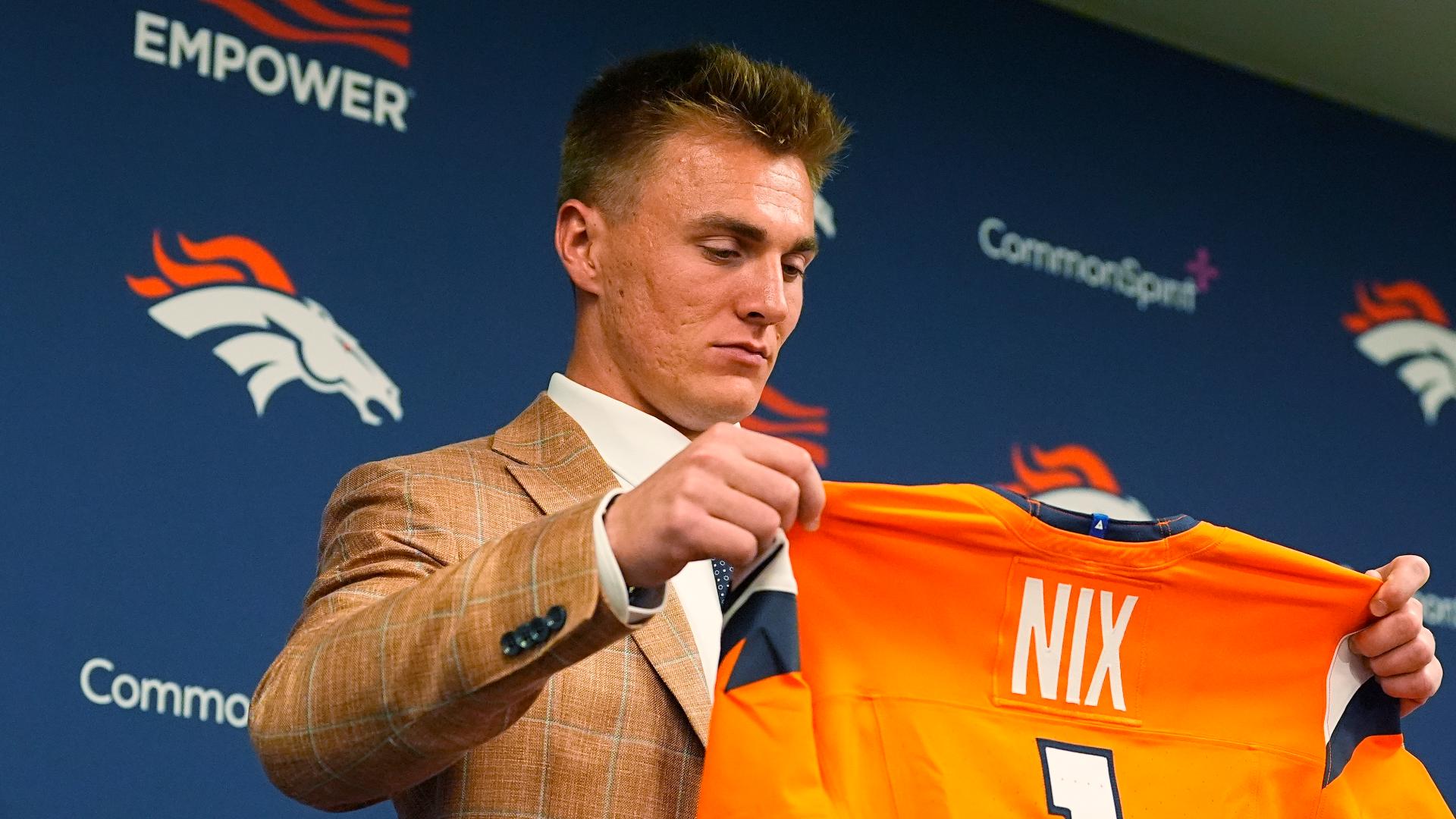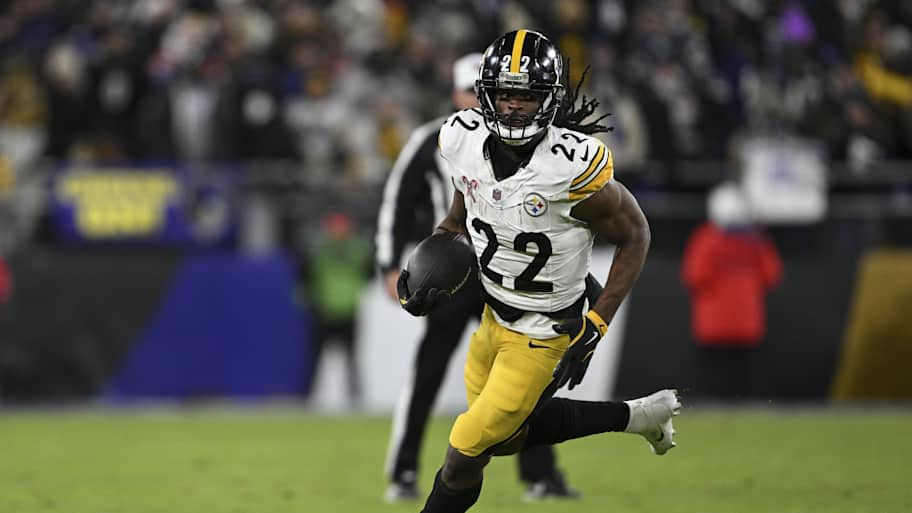
The Changing Landscape of Football: Najee Harris and Oregon Ducks Adaptation
As the NFL off-season approaches, intriguing shifts are brewing within the rosters of teams vying for Super Bowl titles. One of the most compelling potential storylines centers on Najee Harris, the standout running back for the Pittsburgh Steelers, whose future with the team hangs in the balance.
Najee Harris: A Runaway Star on the Market
Set to enter free agency, Najee Harris has found himself reconsidering his next steps after the Steelers opted to decline his fifth-year option. This decision raises questions about the team’s confidence in his continued efficacy within their offense, leading Harris to become one of the most desirable running back options available.
While the Steelers have been attempting to usher in a new chapter with a reorganized offensive scheme under Arthur Smith, Harris’s skill set—marked by physicality and a knack for breaking tackles—could be a missing piece for a number of teams. One potential landing spot gaining traction is the Denver Broncos.
“The Broncos haven’t had a 1,000-yard rusher since Phillip Lindsay in 2019,” noted former NFL running back Maurice Jones-Drew. This stat underscores Denver’s desperate need for a strong running back to bolster their offense and establish a sustainable ground game in the wake of Javonte Williams’ departure.
Harris, having accumulated over 1,000 yards in each of his first four seasons—joining the elite ranks alongside Adrian Peterson and Chris Johnson—would bring a much-needed offensive punch to the Broncos and is seen as a perfect fit for Sean Payton’s evolving offensive vision. Moreover, the pairing with potential starting quarterback Bo Nix could signal a promising turnaround for the Broncos, who aim to escape their recent struggles.
 Oregon Ducks making strides on Signing Day.
Oregon Ducks making strides on Signing Day.
Oregon Ducks: Innovation Through Recruitment
Switching gears to college football, another narrative to watch is developing within the Oregon Ducks program as they prepare for the 2025 season. With National Signing Day looming, coach Dan Lanning has orchestrated a significant recruitment campaign, addressing various team needs through a mix of high school recruits and strategic transfer portal entries. While the Ducks already secured most of their 21 committed recruits during the early signing period, the upcoming weeks will determine their final roster adjustments.
The Ducks community holds its breath as they assess the impact of two recent departures: highly-touted quarterback Jaron-Keawe Sagapolutele and five-star receiver Dallas Wilson. Their exits highlight the sometimes tumultuous nature of player commitments in college football, forcing teams to remain adaptable in securing talent. This adaptability has already been illustrated by Lanning’s proactive strategies, including nine commitments from the transfer portal, aimed squarely at filling gaps left by departing stars.
The Importance of Strategic Recruitment
The Ducks’ approach illustrates a distinct trend in college football where maintaining competitive rosters relies not solely on traditional recruiting, but increasingly on navigating the transfer landscape. With top-tier recruits like Dakorien Moore and Na’eem Offord joining the ranks, Oregon continues to position itself as a formidable contender, showing a blend of continuity and transformation essential for success in today’s competitive environment.
Bridging Two Worlds: NFL and College Footall
The NFL and college football, while structurally different, share common challenges that demand agility and foresight. For instance, Najee Harris’s potential departure from the Steelers and Oregon’s ongoing recruitment process reflect broader themes of adaptation in an era defined by changing player expectations and coaching philosophies.
As teams prepare for their respective seasons—whether the bright lights of the NFL or the high stakes of college football—the narratives of players like Harris and programs like Oregon underscore the emphasis on making decisions that resonate for both immediate performance success and long-term viability.
Final Thoughts
In conclusion, as the football landscape evolves, stories like that of Najee Harris and the Oregon Ducks render the significance of vision and strategy increasingly apparent. Adaptation is not just a necessity; it’s a mantra for those seeking to thrive amid uncertainty. For fans and analysts alike, the coming months promise to be as riveting as the game itself. Stay tuned as both realms reach pivotal turning points, scripted by the ambitions and aspirations that encompass the spirit of the sport.
The dynamic nature of football recruitment and player movement.



